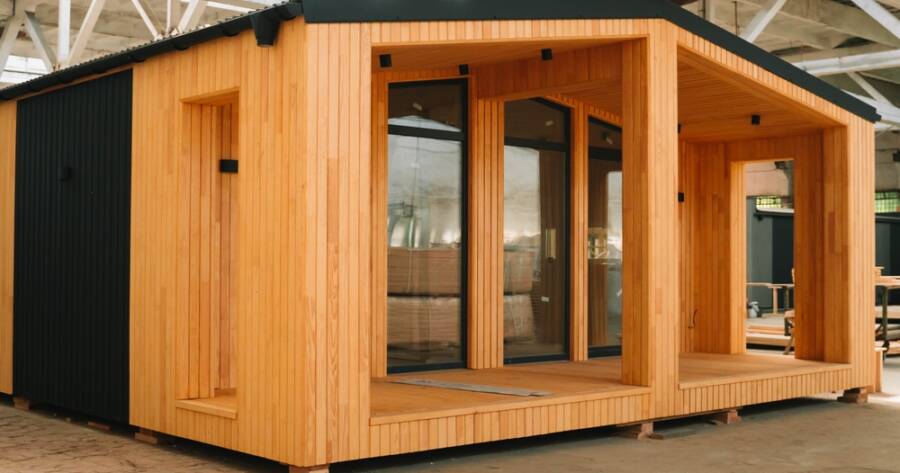As housing needs evolve, seniors are increasingly exploring new options for comfortable living. Prefabricated homes are gaining attention for their affordability and flexibility. These homes can offer seniors a chance to maintain independence on a budget.
What Are Prefabricated Homes?
Prefabricated homes, often called prefab homes, are constructed off-site in sections and then transported to their final location for assembly.1 These homes are built using factory-manufactured components, allowing for quicker construction times and often lower costs than traditional homes.
Prefabricated Homes and Aging in Place
For seniors who wish to age in place, prefabricated homes can offer a flexible solution. With designs that can accommodate mobility aids and other senior-friendly features, these homes can evolve as the homeowner’s needs change. Wider hallways, non-slip floors, and single-story layouts are just a few options that make aging in place more feasible. This flexibility means seniors can continue living independently in their own homes without needing major renovations later on.
Benefits of Prefabricated Homes
Since prefabricated homes are constructed off-site, this can reduce the overall build time.2 For seniors, this can mean moving into a new home sooner rather than later. These homes also tend to be more affordable compared to traditional housing, which could appeal to seniors on a fixed income. The flexibility in the design of some prefabricated homes also allows seniors to customise their living space to suit mobility needs.3 Additionally, prefabricated homes often require less maintenance, making them easier to manage.
The Appeal of Customisable Designs
One of the key advantages is the ability to tailor designs of some prefabricated homes. Seniors can choose features that promote ease of living, such as wider doorways, ramps, or grab bars in bathrooms. The option to personalise a home can make a huge difference in comfort. Open floor plans and single-level designs can reduce mobility challenges, allowing seniors to move around freely. Those with specific health needs may benefit from these adaptable layouts, which can evolve as their circumstances change.
Lower Maintenance and Upkeep
For seniors, keeping up with household chores and maintenance can become a challenge. Prefabricated homes often require less upkeep, which could make them an appealing option. The materials used in construction are often designed to last long and resist wear and tear. This may reduce the need for frequent repairs or replacements. Additionally, smaller-sized prefabricated homes can mean fewer rooms to clean and maintain, making day-to-day life easier to manage.
Accessibility and Mobility Considerations
Some prefabricated homes can be designed with accessibility in mind, making them an ideal choice for seniors with mobility issues. Features such as low-threshold showers, non-slip flooring, and adjustable counter heights can increase safety and comfort. These homes offer flexibility to adapt the layout as seniors’ needs change over time. This adaptability could reduce the need to move to a more accessible home later in life. The focus on mobility-friendly designs could be a significant reason for the increasing popularity of prefabricated homes among seniors.
Learn More Today!
Prefabricated homes are becoming a notable trend for seniors seeking flexible, affordable, and sustainable living options. The ability to customise these homes to meet specific needs, coupled with energy efficiency and lower maintenance, could make them ideal for older adults. While no home is without its challenges, prefabricated homes offer seniors an option to age comfortably in a modern, efficient space.
